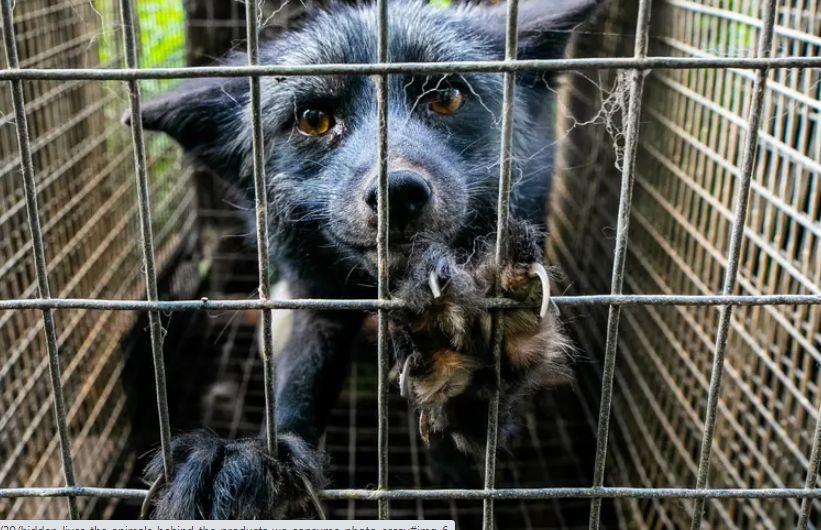Hidden lives: the animals behind the products we consume – photo essay.

Photojournalists capture the often unseen side of the meat, fur and entertainment industries, in a collection co-edited by Guardian collaborator Jo-Anne McArthur
Hidden: Animals in the Anthropocene is a collection of work by 40 photojournalists from around the world, documenting the lives of animals used for research, entertainment and food. “The animals we use most in our daily lives are hidden. They’re hidden away in factory farms, fur farms, and in labs that use them in research and testing,” says photographer Jo-Anne McArthur, who co-edited the collection. “They are also hidden euphemistically; we don’t say we’re eating a calf, for example. We say we’re eating veal.”

“As animal rights activists, our battle is against the powerful enterprises that have normalised the torment and killing of billions of animals for food, clothing, entertainment and experimentation each year. Like conflict photographers documenting war and other humanitarian crises, the brave photojournalists featured in this book deserve our acclaim.
Their work has made it impossible for exploitative industries to plausibly deny the agony and suffering taking place behind closed doors, deliberately kept out of the public consciousness,” write McArthur and her co-editor Keith Wilson in the book published at the end of last year.

Photographs of farmed and captive animals are subject to many legal restrictions and are mostly at the discretion of the company owner. Animal photojournalism is an emerging genre of photography that “captures, exposes and memorialises the experiences of these animals who we never see”, the book says. “It is certainly dangerous, not so much from stray bullets or IEDs, but from the emotional and mental impact caused by witnessing animal death on a scale that is far greater than from any human conflict,” says Wilson.

“Animal industries should be transparent because they serve the public, but they are just the opposite, with multimillion dollar lobbying efforts keeping their exploits concealed,” says McArthur. “Concentrated animal feeding operations and other industries that use animals do not want cameras around.”

“From public and environmental health crises to zoonotic viruses, animals are inextricably linked to many areas of current global concern, and rightfully so. Our existence is intertwined, and the ethics of how we treat the other sentient beings with whom we share this planet are being called into question,” says McArthur.

“We are always hiding animals from ourselves. We build walls and euphemisms to cover any discomfort we might have. If we were to face the animals we keep in crates and cages, and spend some time examining their lives there, and why they are there, we may not be able to enjoy ham or foie gras,” says McArthur.

*Sign up for the Animals farmed monthly update to get a roundup of the best farming and food stories across the world and keep up with our investigations. You can send us your stories and thoughts at animalsfarmed@theguardian.com
20 January 2021
The Guardian




